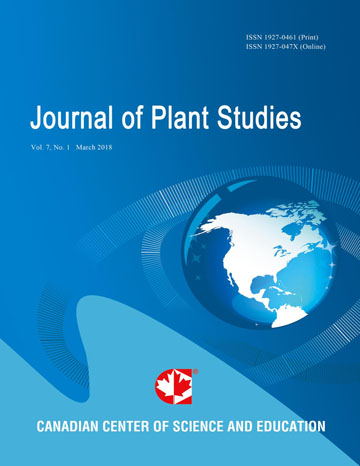Contribution of Lignin and Non-Lignin Dependent Responses in Protein Fraction-Interacted Plant Tissue
- Ashraf Gholizadeh
Abstract
In a basic investigation, considering sunflower (Helianthus annuus) a highly lignified seed plant in contrast to fern (Nephrolepsis exaltata) as pteridophyte, the leaf tissues of Nephrolepsis were allowed to be interacted with the (NH4)2 SO4 protein fractions of Helianthus leaves. The results showed that the (NH4)2 SO4 60-100% fraction is able to increase the activities of phenylpropanoid/polyphenolic pathway enzymes including phenylalanine ammonia lyase (PAL), polyphone oxidase (PPO) and peroxidase (POD) in leaf tissues of Nephrolepsis. Comparing changed percentage in lignin contents, antioxidative abilities, total flavonoids and carotenoids content with the changes in the enzymes activities different contributions of lignin and non-lignin dependent responses in the interacted tissues were observed. For the first ever time report, the present findings not only quantify the approximate dividend of the lignin and non-lignin dependent routs in phenylpropanoid pathway but also may state the question: whether a signaling element is present in the protein fraction of sunflower leaves?
- Full Text:
 PDF
PDF
- DOI:10.5539/jps.v3n1p1
Index
- AGRICOLA
- CAB Abstracts
- CABI
- CAS (American Chemical Society)
- CNKI Scholar
- Elektronische Zeitschriftenbibliothek (EZB)
- Excellence in Research for Australia (ERA)
- Google Scholar
- JournalTOCs
- Mendeley
- Open policy finder
- Scilit
- Standard Periodical Directory
- Technische Informationsbibliothek (TIB)
- WorldCat
Contact
- Joan LeeEditorial Assistant
- jps@ccsenet.org
